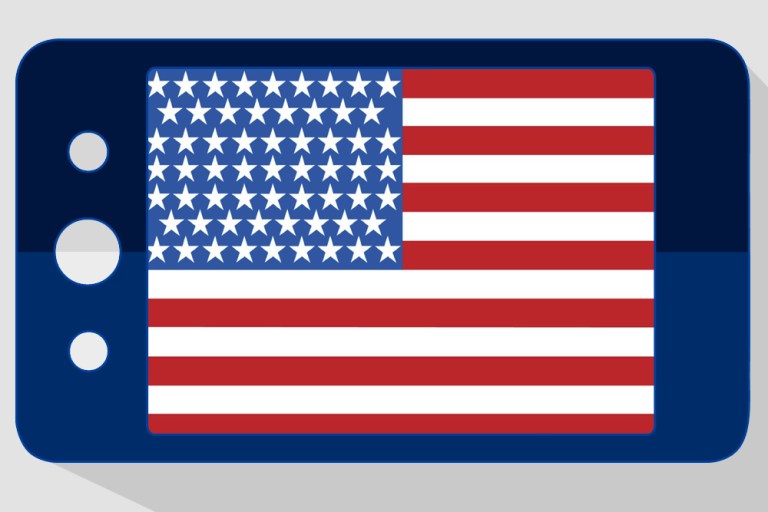
In its 2015 U.S. Consumer Payment Choice Study, TSYS takes a keen look at (among many other elements) the state of mobile-based purchases in the country. Overall incidence remains relatively low, but the trend does appear to be on an upward incline.
Sarah Hartman, Senior Director of Payment Solutions at TSYS, spoke with MPD CEO Karen Webster about the findings in the report … and the distinct possibility that banking apps — which are very popular among consumers — could be the key to encouraging mobile payment adoption at a higher rate nationwide.
The pair opened their talk by first addressing not what was different between this year and last year’s studies, but what was the same. Hartman tells Webster that she has seen “a very consistent story” from consumers that rewards and loyalty are the best influencer to encourage payment behavior. This year as well as last, over 50 percent of consumers reported that they find that to be the most attractive driver.
Of the differences, now, Hartman remarks that the most obvious one is consumers’ growing interest in the mobile space.
“We’ve seen very steady growth in interest levels there,” she remarks, “starting with using mobile for things like checking balances and looking at websites,” and now there’s an increased interest in using mobile to make payments.
Over the last three years, the preference for credit card use has stayed about the same, while the use of debit has decreased somewhat. Hartman attributes that change to the increase in eCommerce and mobile use, as well as the overall growth of the economy — which has instilled consumers with the confidence to use credit more often.
”But even with that,” says Hartman, “we still see consumers pay for things differently, depending on both the amount and the type of purchase.”
Debit is in fact still “very highly preferred” for usage on everyday transactions, such as those made at grocery stores and gas stations.
“Consumers still like to use debit as a budgeting tool,” notes Hartman; but as reward and loyalty programs are more often dependent upon the use of credit cards, that continues to drive credit usage.
One element of the study that surprised Webster was which type of card consumers are more likely to load into a mobile device application; while debit is a little less likely (15 percent, compared to 16 percent for credit), she had expected to see a greater difference — and so had Hartman.
By way of an explanation, Hartman points to the popularity of banking apps among consumers — who also tend to associate debit cards with their financial institutions.
On that note, TSYS has also observed that banks are continuing to add additional services to those apps that consumers hold in such high regard.
In addition to allowing their customers to do things like view balances and transactions on their apps, many financial institutions have added bill pay capabilities, offers and the ability to make deposits — something Hartman notes “is very highly valued” by the consumers.
“I think we’ll see more [mobile app capabilities] in the payments space as we move down the road,” she adds.
Webster raises what Hartman calls a “very timely” question — given the migration to EMV in the United States — about the study’s findings on consumers’ awareness of chip cards.
Although the latest study shows that 13 percent of respondents were unsure if they’d received chip cards, it’s a marked contrast to the results of the previous study, which showed that 52 percent of consumers didn’t know what a chip card was.
“We’ve come a really long way in one year,” observes Hartman.
She expresses her belief that the key to continuing that upward trend in consumer awareness of chip cards is “education from issuers, merchants, and the industry itself. That’s going to be critically important.”
Referencing a recent announcement from the Payments Security Task Force projecting that over 60 percent of their consumer credit and debit cards — which represents 50 percent of the U.S. market — will have chips by the end of this year, growing to 98 percent by the end of 2017, Hartman stresses that the process of educating consumers “needs to continue.”
Taking a broad view of the study and the lessons that it offers for financial institutions — particularly with regard to mobile payments — Hartman tells Webster that it presents “a lot of opportunities for financial institutions … with the whole mobile channel — not just payments, but information and marketing and financial services,” as well.
Having demonstrated with their answers that consumers value their relationships with their banks and the security they provide, Hartman suggests that “puts the financial institutions in a unique position of being able to grow those services that they provide to the consumers.”
“I think continuing to look at what they can do there,” she concludes, “and working with partners such as TSYS to provide those offerings, can be critical.”
To download the TSYS 2015 U.S. Consumer Payment Choice Study, click here.
To download the full version of the podcast, click here.
Sarah Hartman, Senior Director of Consumer Payment Solutions, TSYS
Sarah Hartman is the Senior Director of Consumer Payment Solutions at TSYS, a global payments processor. Her responsibilities include product and strategy activities associated with the consumer credit and debit card issuing business. Hartman has over 25 years of payments industry experience and is an elected member of the U.S. EMV Migration Forum (EMF) Steering Committee and participates in other payment groups, including ACT Canada and the Smart Card Alliance’s Payments Council. Prior to joining TSYS, Sarah held a number of leadership roles with a large consumer bank where her responsibilities included: consumer payment products, deposit and lending products, ATMs, and online banking and bill payment. Hartman has extensive product management, sales and marketing experience. She has a B.S. degree in Accounting from Miami University and an M.B.A from the University of Dayton.